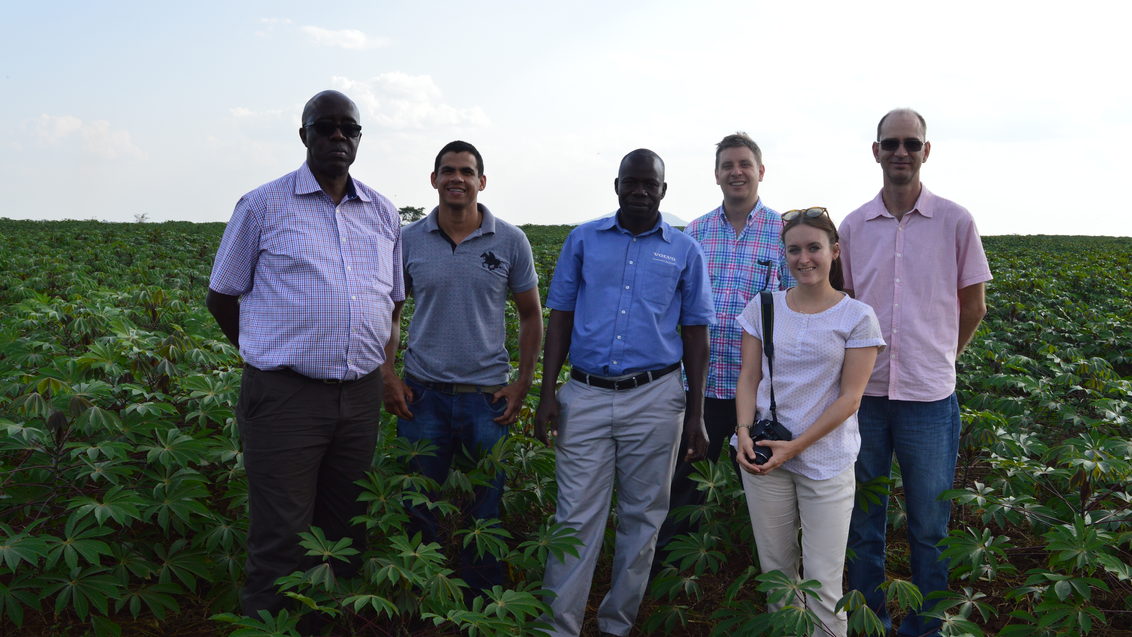Good idea – but does it work?

Cassava is a highly important crop for food security in many developing countries. (And fortunately, it’s also popular elsewhere). It has high yield potential and can be used both for food and starch processing. Cassava could, therefore, play a much bigger role in rural value chains than is typically the case today. That would be very good news for smallholders, for example in Uganda. Unfortunately, conventional cassava cultivation in Africa achieves much lower yields than would be possible.
“Our MandiPlus initiative set out to improve cassava-growing for smallholders”, explains Syngenta Foundation R&D Lead Dominik Klauser. “Together with partners in Brazil and Uganda, we wanted to show that a new approach to planting material could make a big difference”. As a recent scientific paper* describes, the MandiPlus idea works well.
“Cassava is traditionally propagated from stem cuttings up to 30 cm long”, explains Mike Robinson, our Chief Science Advisor, and like Dominik one of the paper’s authors. “These cuttings give a multiplication rate as low as 1:10. In other words: propagating cassava traditionally is very inefficient. That hampers the production and distribution of good planting material and improved cultivars. So the results of crop breeding don’t usually find their way into smallholders’ hands.”
The March 2020 publication “A novel seed treatment-based multiplication approach for cassava planting material” describes what Mike, Dominik, Andrea Balmer, former Foundation employee Caroline Otto and their co-authors discovered from tests with the new MandiPlus cassava.
The team in Brazil, Uganda, and Switzerland developed an approach that uses seed treatment and shorter seed pieces. “Plants grown this new way get better established and show more early vigor”, comments our R&D Project Manager Andrea Balmer. “The shorter pieces also enable much faster multiplication and are easier for smallholders to handle”.
Overall, the author team concludes: “We believe that [this] technology holds considerable promise for developing more reliable and remunerative delivery channels for quality cassava planting material and improved genetics.”
*Here is the publication: https://journals.plos.org/plosone/article/comments?id=10.1371/journal.pone.0229943
Visit our cassava webpage: https://www.syngentafoundation.org/cassava-initiative-mandiplus-project
Further papers involving Syngenta Foundation authors are available here.
